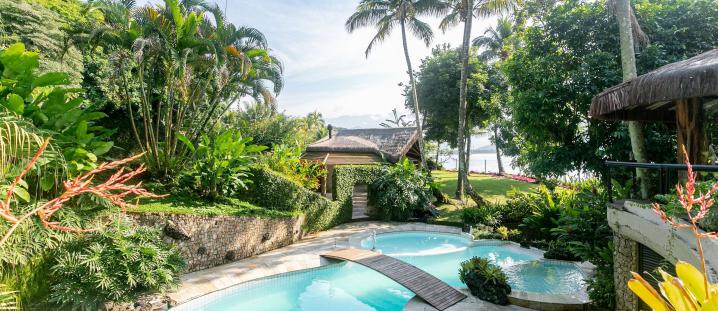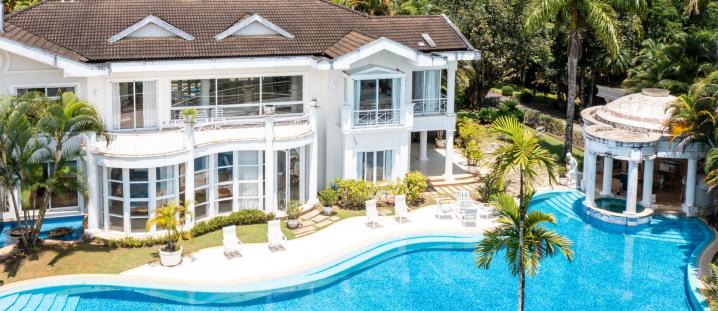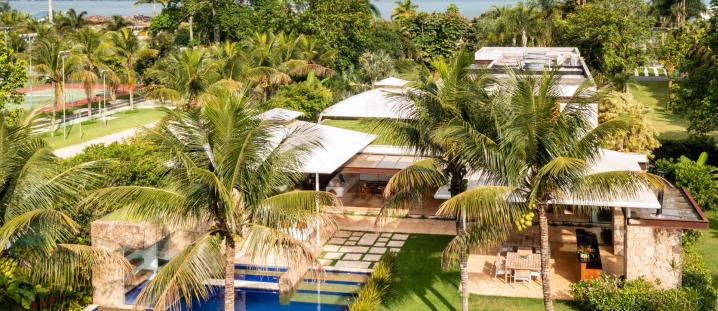Located at the entrance of the Green Coast, in the south of Rio de Janeiro State, Mangaratiba is very popular for its natural beauty and clear waters. In Mangaratiba, Latin Exclusive offers vacation rentals and sales of beach houses and luxury villas.
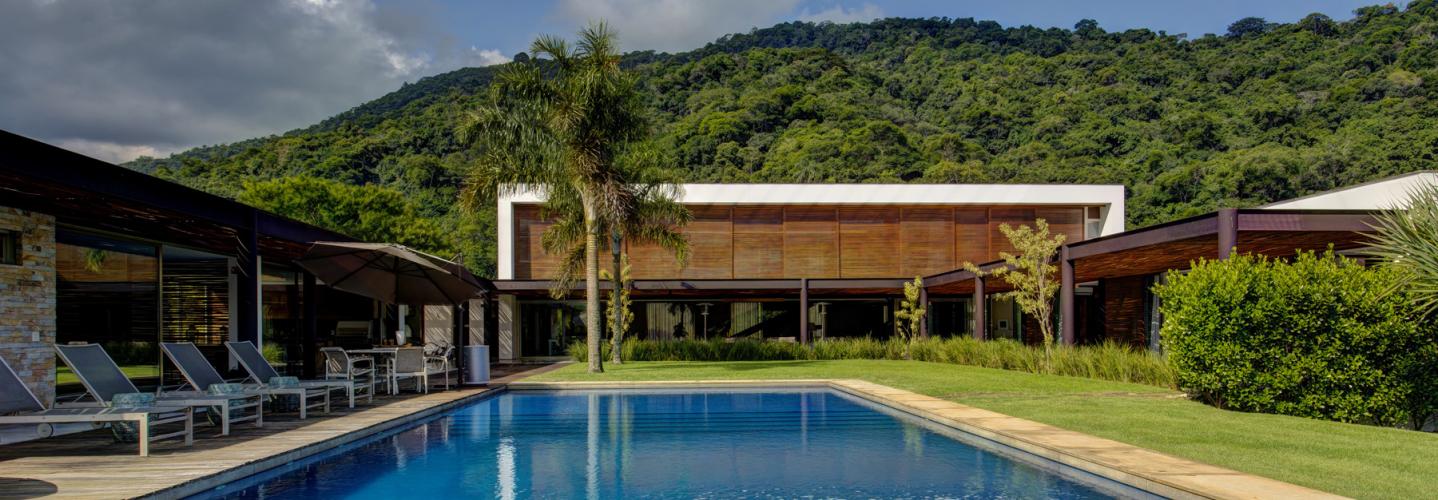
Mangaratiba
Located at the entrance of the Green Coast, in the south of Rio de Janeiro State, Mangaratiba is very popular for its natural beauty and clear waters. In Mangaratiba, Latin Exclusive offers vacation rentals, long term rentals and sales of beach houses and luxury villas.
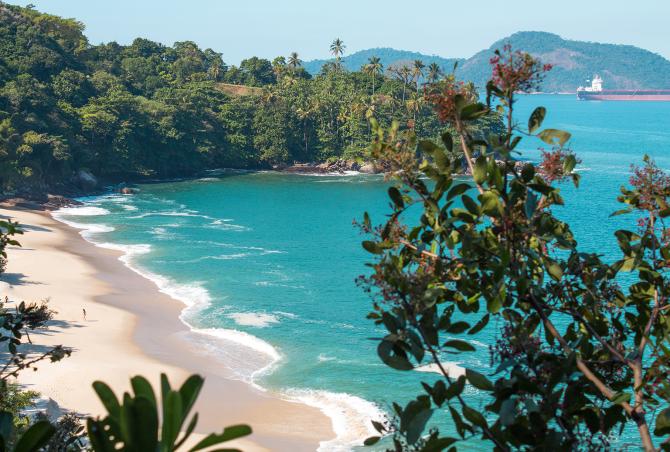
About Mangaratiba
Mangaratiba means "mango picking" in the Tupi dialect, which sets the scenery well. An ideal destination for those who appreciate nature, Mangaratiba offers one of the most beautiful landscapes in Brazil. Its waters have even been compared to the Caribbean Sea! Hiking trails lead along beautiful waterfalls in the immensity of the Atlantic forest, where toucans and small monkeys frequently appear. Here, many local and international celebrities come to escape and enjoy the luxury of the place, out of sight. Renting a boat is a great way to get to the islands of the bay and to reach the beautiful Ilha Grande. Mangaratiba is a tropical destination that will please everybody!
Luxury vacation rentals in Mangaratiba
8 properties
Buy your property in Mangaratiba
9 properties
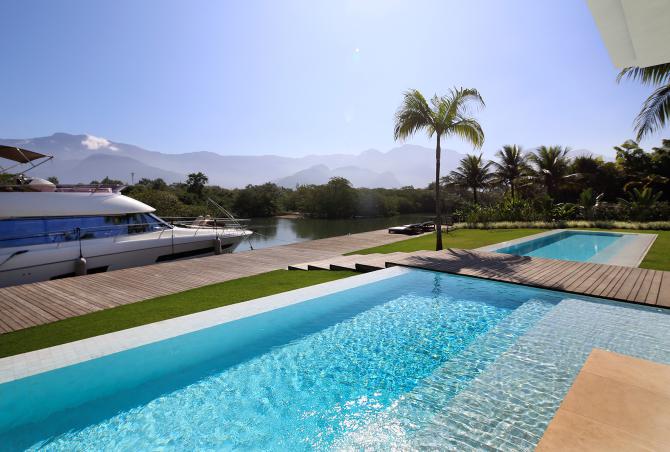
A brief history about Mangaratiba
The region of Mangaratiba and its district was inhabited by the indigenous Tamoios Indians until the end of the 16th century. The Municipality went into decline with the completion of the Dom Pedro II railroad. However the city grew again with the completion of the Estrada do Ferro Central do Brasil branch that integrated the municipality to the railway system, favoring local commerce and the construction of summer houses, thus initiating tourism in the city. In 1970, with the completion of the Rio-Santos highway, the city expanded even more with increased easy access to the city and real estate rose in value, accompanying the continuing development of holiday homes. As well, the demand for tours surged with visitors seeking the natural allure and history of the region.
FAQ
An ideal destination for those who appreciate nature, Mangaratiba offers one of the most beautiful landscapes in Brazil. Its waters have even been compared to the Caribbean Sea! Hiking trails lead along beautiful waterfalls in the immensity of the Atlantic forest, where toucans and small monkeys frequently appear.
For more information about buying or renting properties in Mangaratiba we can give you personalized advice through our website. We will answer as soon as possible and explain in detail all the required conditions.






